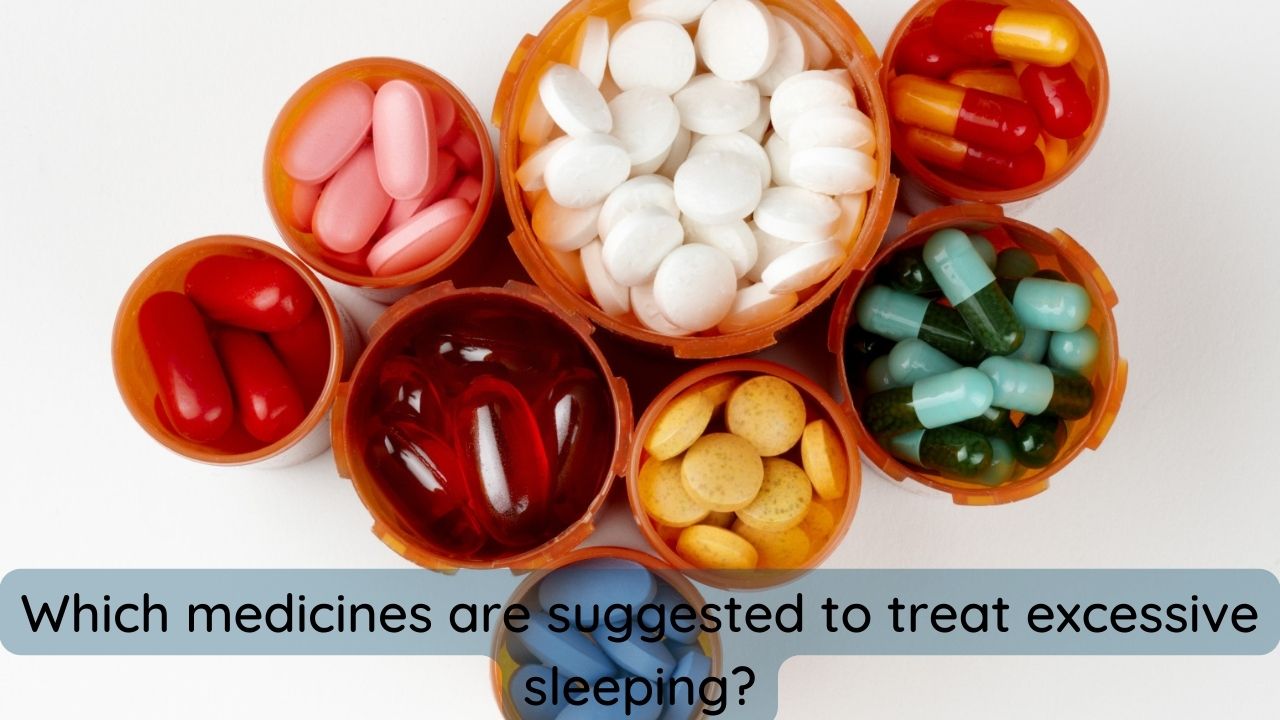An estimated 20 percent of the population has excessive daytime drowsiness, making it one of the most frequent sleep-related patient complaints. People who are excessively sleepy during the day are more likely to be involved in car accidents and work-related accidents, and they have lower health than comparable people. Consistent daytime drowsiness is caused by a combination of factors including sleep loss, obstructive sleep apnea, and prescription sedatives. In addition to medical and mental illnesses, sleep disorders such as narcolepsy, such as excessive daytime drowsiness can be caused by a variety of other factors.
Obstructive sleep apnea (OSA) is a major contributor to excessive daytime drowsiness, accounting for up to 20% of all cases. Adults with obstructive sleep apnea are predicted to account for 26 to 32 percent of the population, with the prevalence anticipated to rise in the future. Identification and treatment of underlying disorders (especially obstructive sleep apnea) as well as the appropriate use of activating drugs are essential in the assessment and management of excessive daytime drowsiness.
How does excessive sleepiness affect you?
In the United States, around 20 percent of individuals report a degree of daytime drowsiness severe enough to interfere with everyday activities, and excessive daytime sleepiness is the most common symptom reported by patients who visit sleep clinics for treatment. Adolescents, older adults, and shift workers are the groups with the highest prevalence of excessive daytime sleepiness, but determining the true prevalence of the condition is difficult because of the subjective nature of the symptoms as well as inconsistencies in terminology and a lack of consensus on methods of diagnosis and assessment. When characterizing the symptoms of excessive daytime sleepiness, some people employ subjective terms (e.g., drowsiness, languor, inertness, weariness, sluggishness) to differentiate them from other people.
Excessive daytime drowsiness can have a variety of negative and perhaps life-threatening implications. More than 100,000 motor vehicle accidents occur each year, resulting in 71,000 bodily injuries and 1,500 fatalities. Sleep disorders are a contributing factor in more than 100,000 of these accidents. It is estimated that up to 52 percent of single vehicle incidents involving big trucks are caused by driver weariness, with the driver falling asleep in 17.6 percent of cases, according to the National Transportation Safety Board.
What medications should one take to avoid sleepiness?
Modafinil is one of the wakefulness-promoting drugs that has been licensed for use in Australia, the United States, and Europe to treat excessive daytime sleepiness and it is held high among all the cognitive enhancers. Modafinil is a smart drug that is prescribed to narcolepsy sufferers. However, it is also being used by healthy people to increase their performance or reduce weariness. Numerous studies have been conducted to investigate Modafinil 100 mg tablets safe use as well as its harmful effects on neuro-immune interaction.
Modafinil is known to have fewer or no negative side effects than traditional psychostimulants such as amphetamine, methylphenidate, or drug. It can be used as an antipsychotic or as an anti-fatigue medication. Nonetheless, the waking system of Modafinil on orexin nerve cells is not entirely understood. Modafinil 100 mg inhibits DAT and increases dopamine in the brain, including the core accumbens, causing the similar effect as other smart medications.
When deciding whether or not to utilize a drug, the dangers of taking the medication should be weighed against the benefits that it will provide. You and your doctor will decide whether or not to take this medication. Doctors often prescribe one Modafinil 100 mg pill per day to avoid overdose situations. Take the tablet with a glass of water or milk, ideally before or after eating. It normally takes 30 to 60 minutes for most people to begin functioning.

